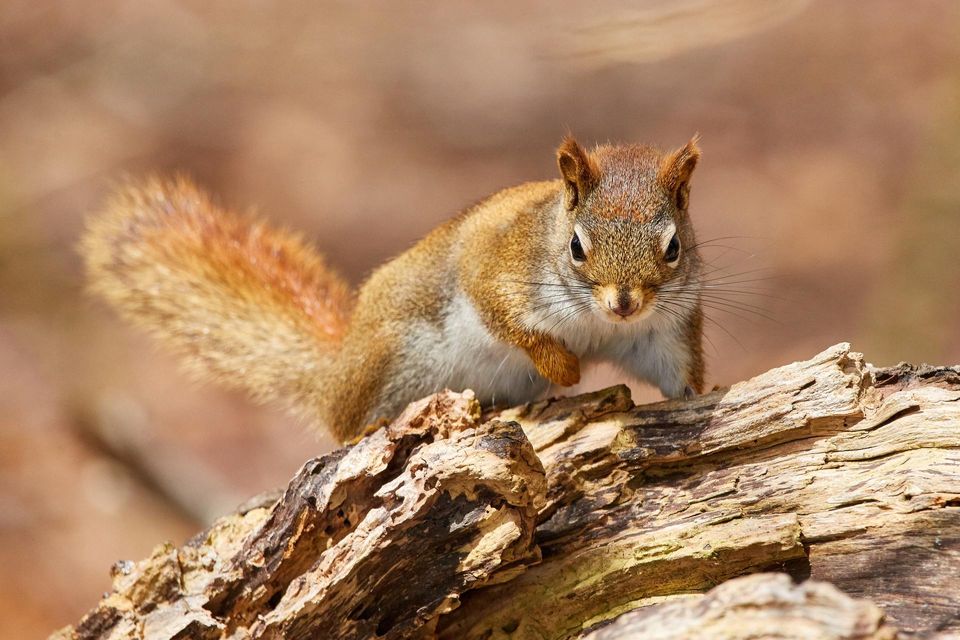Do You Have Squirrels In Your Attic? Get Rid of Them!
Learn How to Get Rid of Squirrels
The idea that squirrels have moved in and taken up residence in your attic isn't a pleasant one. They are only cute and fluffy when they are living outside.
Signs of squirrel infestation
The first step is actually determining if you do have squirrels in your attic. Other rodents like mice, rats, voles or chipmunks could be the culprits. Squirrels are more likely to keep to the attic, and won't really come out into the house to explore like the other pests will. Their larger size means louder noises as they chew and scurry around in the ceiling above your head.
Looking into the attic space, you might find a nest and notice their droppings. Squirrel droppings aren't particularly unique but they will be a lot larger than mice or rats.
How Do Squirrels Get In My Attic?
They get into your attic through holes that they find or make for themselves. When you see any gaps in the siding, holes in the fascia, or ill-fitting doors and windows, these are the places that a squirrel can get in. They do prefer the higher attic spaces so they probably wouldn't take advantage of any holes around the foundation, but you never know.
Keep them out by fixing holes or covering up any gaps with heavy-duty wire mesh. More on how to get them out in a moment.
Damage That Squirrels Can Cause
The chewing and tearing up of anything they can find for nesting material isn't the only problem you will have if you discover squirrels in your attic. A family of squirrels can also leave a large amount of feces and urine around the attic, fouling the entire space.
If you are particularly unlucky, they can can cut into wires when chewing to add to the damage. It's a fire risk, and you can even see power or phone service cut off when this happens.
How to Get Rid of Squirrels
Squirrels can be a bit trickier to get rid of, compares to mice or voles. The other small rodents are living in your house both as a safe place to nest as well as being a source of easy food. Squirrels are more likely to still get their food from outside, meaning they aren't as motivated by baits when trapping. That just means you have to get creative.
Ideally, you can keep them out in the first place. A good scented repellent pack can be a preventative choice so they don't consider your attic to be homey. The predator smell can quickly make them change their minds.
Traps will really only work if you can establish exactly where their main in and out access points are. Set up a trap right over the hole, and hope to nab them as they come or go.
You can also put some light and sound (like a radio) in the attic so it's not quite so appealing as a secluded nesting area.
Critter Repellent All Natural Animal Repellent Blog













